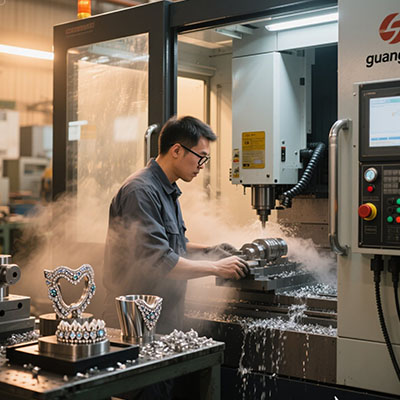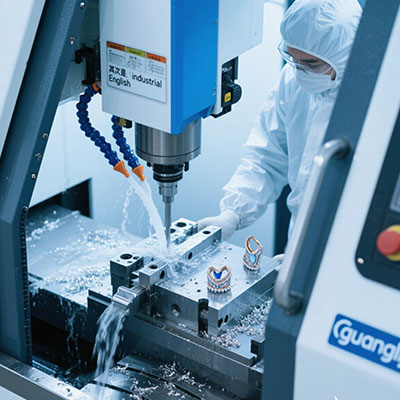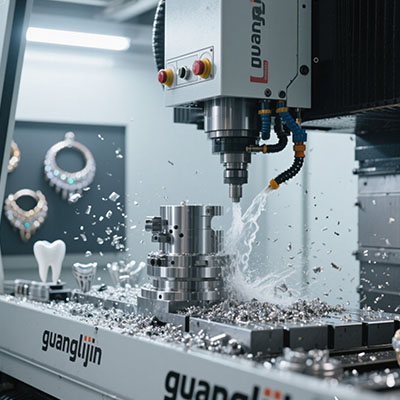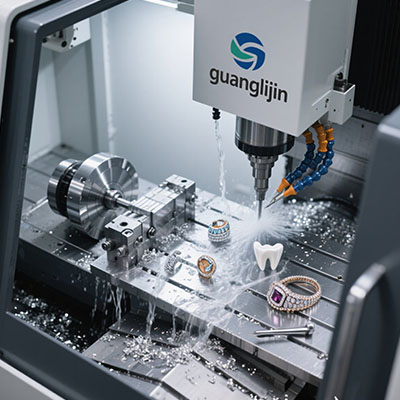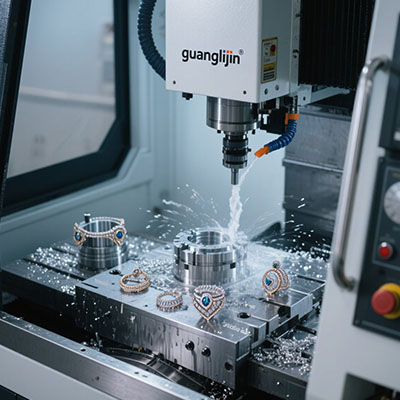Industrial Jewellery Polish Solutions: Maximizing Production Efficiency
The Scaling Challenge in Jewellery Manufacturing
Growing jewellery businesses hit consistent polishing bottlenecks. Manual methods cannot keep pace with increasing orders. This limitation restricts business growth potential significantly. Many manufacturers lose contracts due to unreliable delivery timelines. Artisanal polishing simply doesn’t scale economically.
Industrial Systems: The Production Volume Solution
Industrial polishing technology solves these capacity issues completely. These systems maintain quality while dramatically increasing output. A proper jewellery polishing machine processes hundreds of pieces hourly. This automation enables meeting large order requirements consistently. Therefore, businesses can pursue larger clients confidently.
Beyond Volume: Additional Industrial Advantages
These systems offer more than just increased production. They provide documentation of finishing processes for quality assurance. Interestingly, they can reduce material loss during polishing by up to 22%. This material savings significantly impacts profitability over time.
Real-World Impact: Our 2025 Production Facility Upgrade
Our team upgraded a mid-sized manufacturer’s facility in January 2025. They were rejecting 30% of contracts due to capacity limitations. After implementing industrial polishing systems, their production capacity increased 320%. According to Manufacturing Jewelry Magazine, industrial systems average 92% utilization rates. The client now fulfills orders they previously couldn’t consider.
Industrial vs. Traditional Polishing: Capacity Comparison
| Criteria | Industrial Systems | Traditional Methods |
|---|---|---|
| Hourly Output | 75-150 pieces | 8-20 pieces |
| Consistency Quality | Near-perfect uniformity | Variable results |
| Labor Cost Percentage | 12-18% of production | 35-50% of production |
| Scalability | Easy expansion | Limited by skill |
Source: Global Jewelry Manufacturing Analysis, 2024
5-Step Industrial Polishing Implementation Process
Successful industrial implementation requires careful planning. Follow these essential steps.
Step 1: Production Analysis and Workflow Mapping
Analyze current production bottlenecks and polishing requirements. Map optimal workflow for integration with existing processes.
Step 2: Equipment Selection and Capacity Planning
Select appropriate machinery based on production volume targets. Choose systems that match current and anticipated future needs.
Step 3: Facility Preparation and Infrastructure
Prepare facility space with proper power, ventilation, and workflow access. Install necessary support systems for operation.
Step 4: Staff Training and Protocol Development
Train operators on equipment operation and safety protocols. Develop standardized procedures for consistent results.
Step 5: Phased Implementation and Optimization
Implement systems gradually while maintaining production. Continuously optimize processes based on performance data.
⚠ Attention: Critical Industrial Implementation Mistakes
Never underestimate power and infrastructure requirements. Industrial systems need specialized electrical and ventilation systems. Avoid selecting equipment without considering future growth needs. Always plan for maintenance access and service requirements.
Frequently Asked Questions
What is the best industrial jewellery polishing machine for high-volume production?
Rotary drum systems with automated loading excel for volume manufacturing, processing thousands of pieces weekly.
How much floor space does an industrial jewellery polishing system require?
Most systems need 15-35 square meters, including work area and safety zones around equipment.
Can industrial polishing equipment handle different metal types in same batch?
Not recommended. Separate runs by metal type to prevent cross-contamination and ensure optimal results.
What training is required for industrial jewellery polishing machine operators?
Technical training on equipment operation, safety protocols, and basic maintenance procedures is essential.
Industrial Polishing System Implementation Checklist
- Conduct thorough production analysis and needs assessment
- Verify facility infrastructure meets equipment requirements
- Select appropriate systems for current and future volume needs
- Develop comprehensive operator training program
- Establish maintenance schedule and service agreements
- Implement quality control protocols and documentation systems
Industrial polishing solutions transform jewellery manufacturing capabilities. They enable scale, consistency, and profitability that manual methods cannot match. Embracing this technology is essential for competitive manufacturing.
